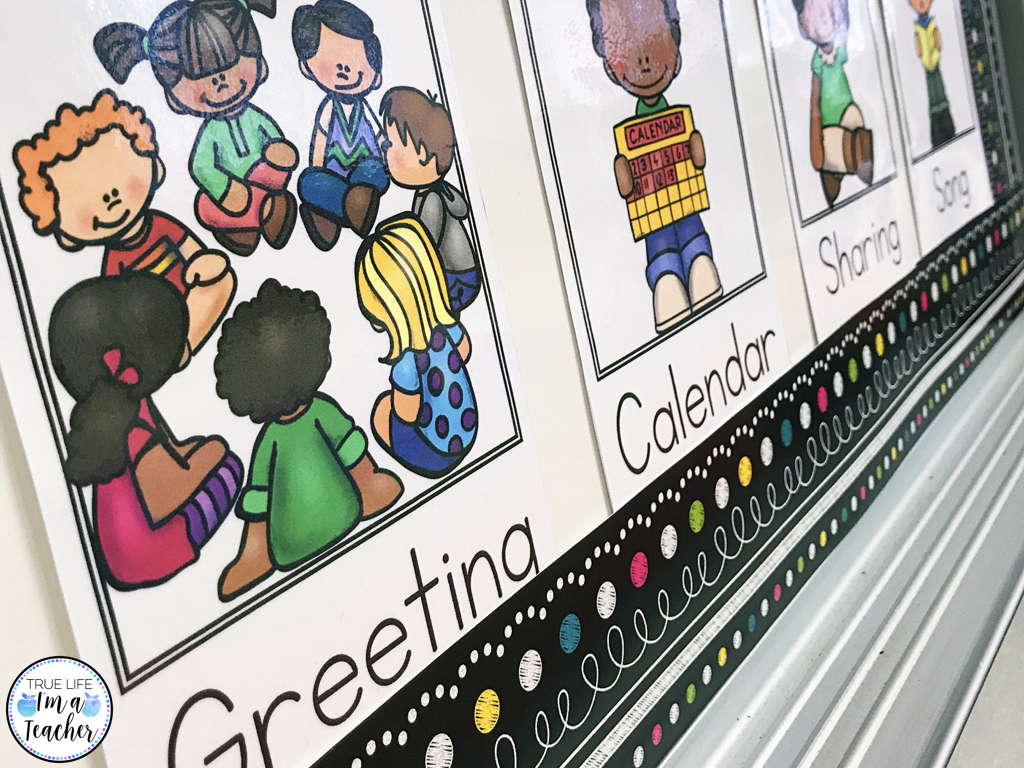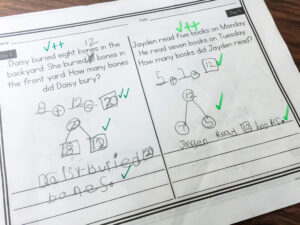Ask me about my favorite part of our school day? Morning Meeting.
What (do I believe) has the biggest impact on my classroom culture/community? Morning Meeting.
How do I build relationships with 25 different students? Morning Meeting.
Where do I find the time for my students to build relationships with their peers? Morning Meeting.
How do I incorporate, teach, reinforce, and practice 21st century speaking and listening skills? Morning Meeting.
How do I meet my students’ need for problem solving and social emotional development? Morning Meeting.
I cannot imagine my school day without beginning with morning meeting. It’s literally the first thing that happens on the first day of school, and it sets the tone for the entire year.
But here are some common questions I get asked:
- What is morning meeting?
- What do you do in morning meeting?
- How long does morning meeting last?
- How can do you afford to spend time on morning meeting?
- What are the benefits of morning meeting?

What is Morning Meeting?
- Greeting: We always start by greeting each other by name. This is where I teach my students to make eye contact, speak clearly, and give a firm handshake. We move beyond a traditional greeting once they’ve mastered the handshake (with the correct hand). Below is an example of our “elbow shake” and butterfly greeting (imagine the fingers wiggling slightly).
- Sharing: This is perhaps the part of morning meeting I love most. Here, my students learn how to listen, not just speak. They learn how to answer a question orally with a complete thought not just an answer. It’s where we are imaginative, creative, compassionate, and reflective. About two years ago, I came up with discussion starters as a way to have meaningful conversations with my class that didn’t require to me “think” each morning of a way to get us started.
- Group Activity: This is most flexible part of morning meeting because there are so many different activities to do with your class. We sing, read poems, play a class game, dance, learn a new yoga pose – there’s no limit here.
- Morning Message: Each morning there’s an interactive message written to my students that incorporates some aspect of our day, or something from a previous day. We read it together as a class and then discuss the responses.
- Helps students transition into the school day
- Build community
- Promotes social skills
- Supports learning
- Helps remove the obstacles that prevent children from feeling safe and engaged in school
- Creates the time and space for classroom members to take care of each other and to do their best learning










